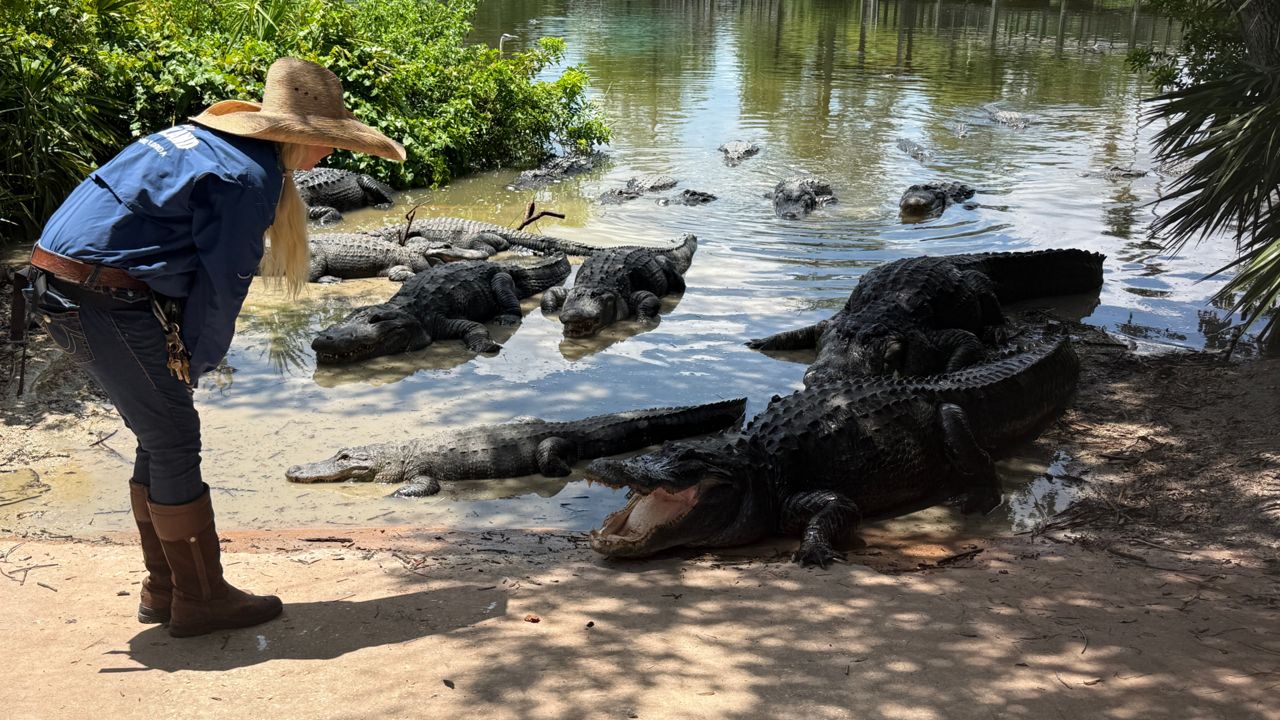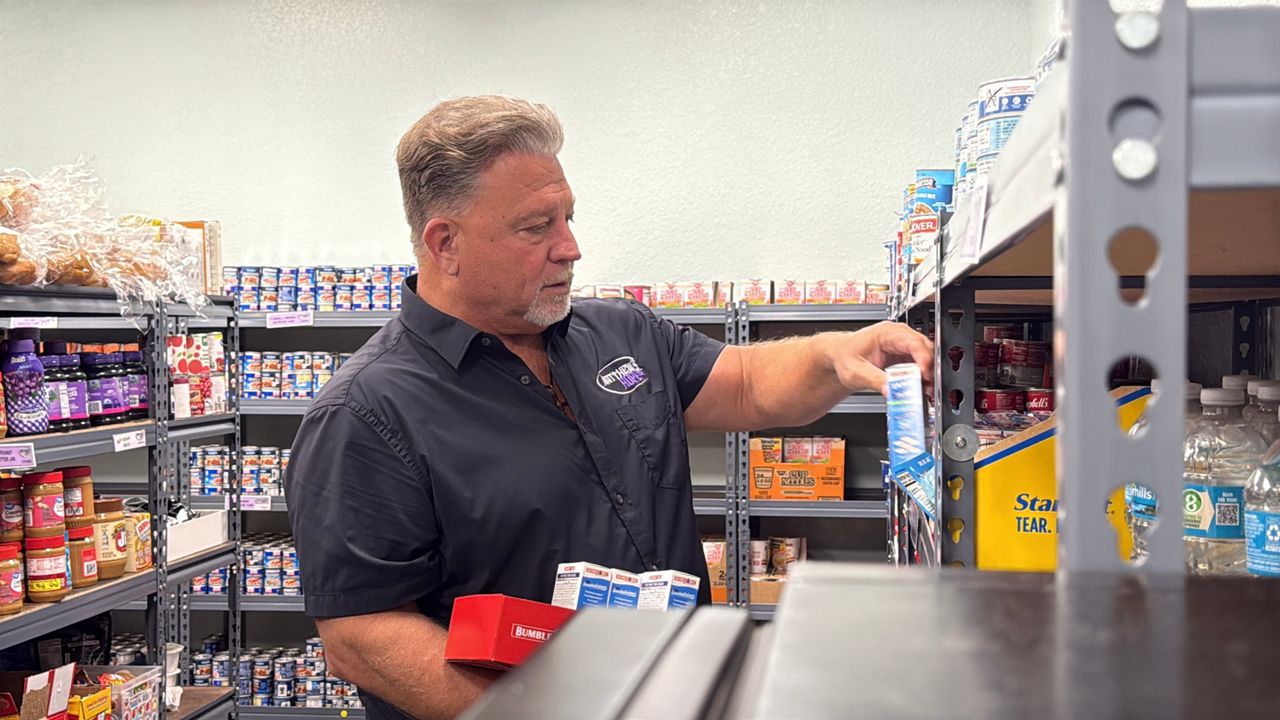ORLANDO, Fla. — Orange County leaders are working to protect two vulnerable areas that may need additional protections and regulations: the Shingle Creek and St. Johns River basins.
A study released in March showed that between 1990 and 2022 Orange County saw a 4% loss of wetland acreage, and identified Shingle Creek as a vulnerable area that needed additional protections.
On Wednesday, county leaders hosted a workshop to talk about a proposal to make the Shingle Creek basin a Special Protection Area (SPA).
SPAs are designated zones identified for their significant natural features, such as wetlands, habitats, and wildlife corridors. Experts say these areas warrant additional protective measures to ensure their long-term viability and community benefits, such as clean water, flood protection, and biodiversity.
Dozens of residents gathered at Dr. Phillips Elementary School Wednesday for a presentation and an opportunity to offer feedback on how to protect the Shingle Creek watershed.
“Well, I think it’s great that we’re able to comment and get some feedback," resident Tim Hay said. "It’s been a long time coming.”
Hay has lived in the area for more than 30 years and serves as the president of the Sand Lake Point homeowners’ association.
According to the presentation, the Shingle Creek drainage basin spans 84 square miles in south Orange County and serves as the “Headwaters of the Everglades.”
A study led by the county looked at environmental issues within Shingle Creek, such as plant and animal habitat, protected species, water quality, and flooding.
Leaders said they want to take a big-picture approach to use science to drive policy.
They explained that Special Protection Areas are not meant to stop development but to make sure the county is developing in a smart way.
Orange County currently has four SPAs: the Wekiva River Protection Area, the Wekiva River Study Area, the Econlockhatchee Protection Area, and the Innovation Way Environmental Land Stewardship Protection Area.
According to information from the county, the Shingle Creek Study Area provides habitat to 135 plant and wildlife species of concern.
The Florida Fish and Wildlife Conservation Commission identified Shingle Creek as a regional biodiversity hotspot that was home to different species of bats, gopher tortoises, scrub, and pine flatwoods. Studies show that around 94% of historic uplands — which include dry prairies, scrubby flatwoods and sandhills, among others — has been lost to development.
They are addressing the need for a Critical Area Designation with three potential options: Option A proposes a buffer from Shingle Creek; Option B proposes a 200-foot buffer from wetlands with direct connection; and Option C proposes a 550-foot buffer from wetlands with direct connection.
“It needs to be protected," resident John Jennings said. "We’ve spent decades now — I’m older, so I know — we’ve spent decades developing property,”
Future land use projections indicate continued loss of natural habitats and increased fragmentation without additional protections in place.
In terms of water resources, experts talked about the hydrologic changes in Shingle Creek.
With more development over the years, impervious areas have almost doubled from 19% in 1985 to 40% in 2020.
“And we’re paying the price now," Jennings said. "And we’ve got some land to maintain called Shingle Creek that we need to do whatever we can to save what’s left."
According to the presentation, the increase in impervious areas — areas where water can no longer soak into the ground — will lead to stresses on water resources, resulting in more water runoff, water quality concerns and increased flooding in surrounding areas.
“I’ve been living in the lake basin and for over 30 years, and I’ve seen substantial flooding," Hay said. "And it seems to be getting worse and worse and worse. Our lakes empty in the Shingle Creek, so we’re very concerned about the impact it has on the Shingle creek."
Experts said special development protections will promote sustainable growth and prevent further water resource degradation.
After the presentation, residents had a chance to ask questions, talk to staff, and provide feedback on the prioritization of protections.
“We just need to take some action before it’s too late, before the flooding issues get out of hand,” Hay said.
The county will hold more workshops next month to get feedback from residents.
They’ve also created a website where residents can get updated information about the Special Protection Areas.










